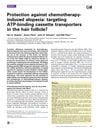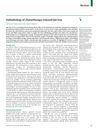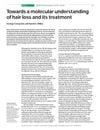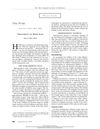Hair Growth Defects in Insig-Deficient Mice Caused by Cholesterol Precursor Accumulation and Reversed by Simvastatin
January 2010
in “
The journal of investigative dermatology/Journal of investigative dermatology
”
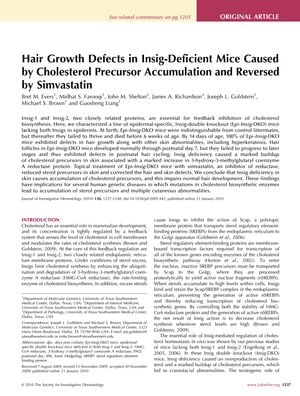
TLDR Mice lacking Insig proteins had hair growth problems due to cholesterol buildup, but this was fixed by the drug simvastatin.
In the study, researchers investigated the effects of Insig-1 and Insig-2 protein deficiency on hair growth in mice. They created a line of mice with epidermal-specific Insig deficiency (Epi-Insig-DKO) and observed that while these mice appeared normal at birth, they developed hair growth defects and other skin abnormalities by 14 days of age, leading to death before 6 weeks. The hair follicles in Epi-Insig-DKO mice initially developed normally but failed to progress through the hair cycle due to an accumulation of cholesterol precursors in the skin. This buildup was linked to increased levels of the enzyme 3-hydroxy-3-methylglutaryl coenzyme A reductase. Treatment with simvastatin, which inhibits this enzyme, reduced the sterol precursors and corrected the hair and skin defects. The study concluded that Insig deficiency leads to cholesterol precursor accumulation, which disrupts hair development, suggesting potential implications for human genetic diseases with similar cholesterol biosynthesis issues.





